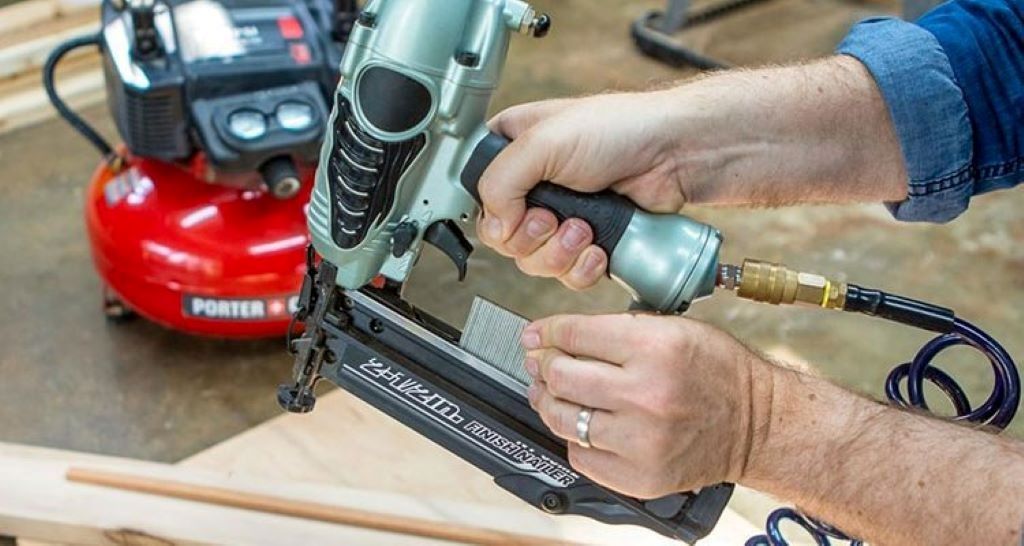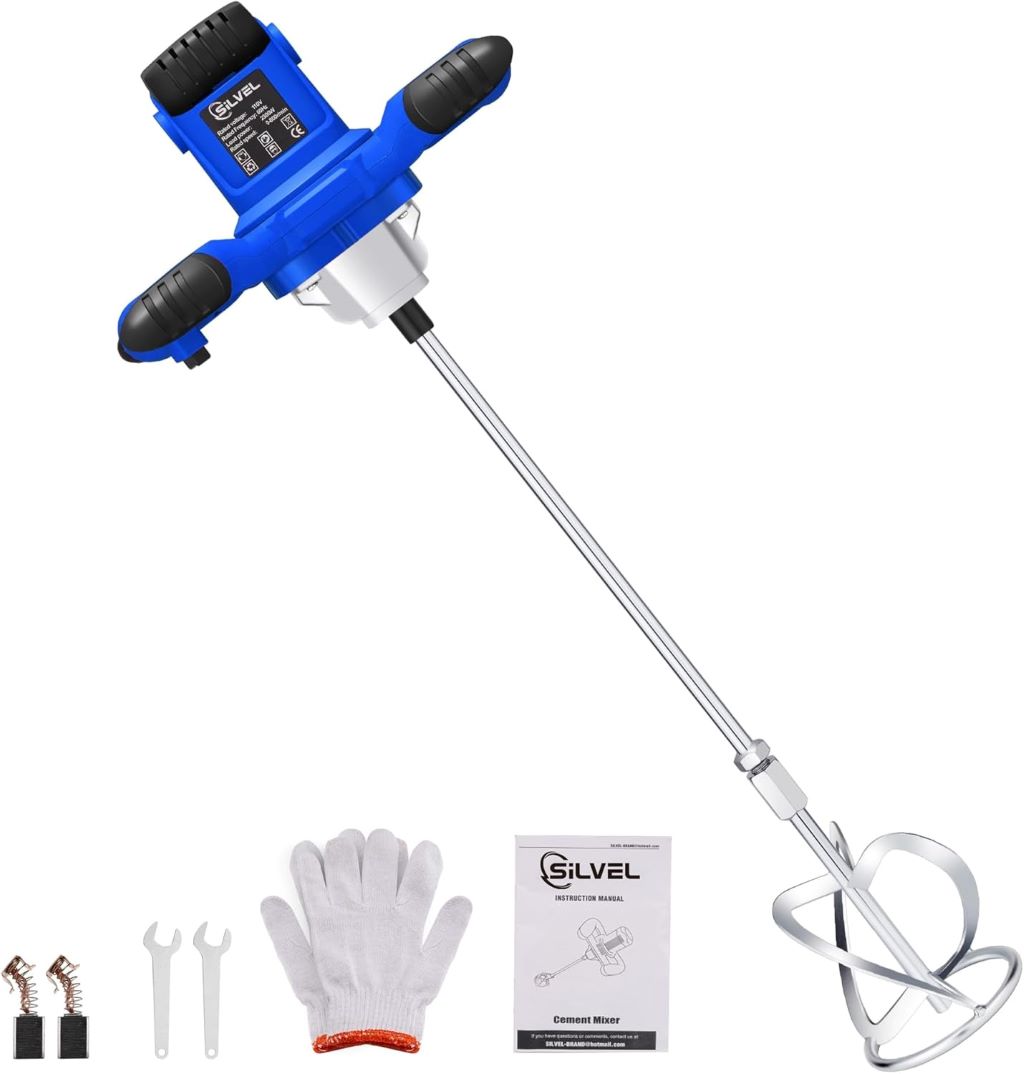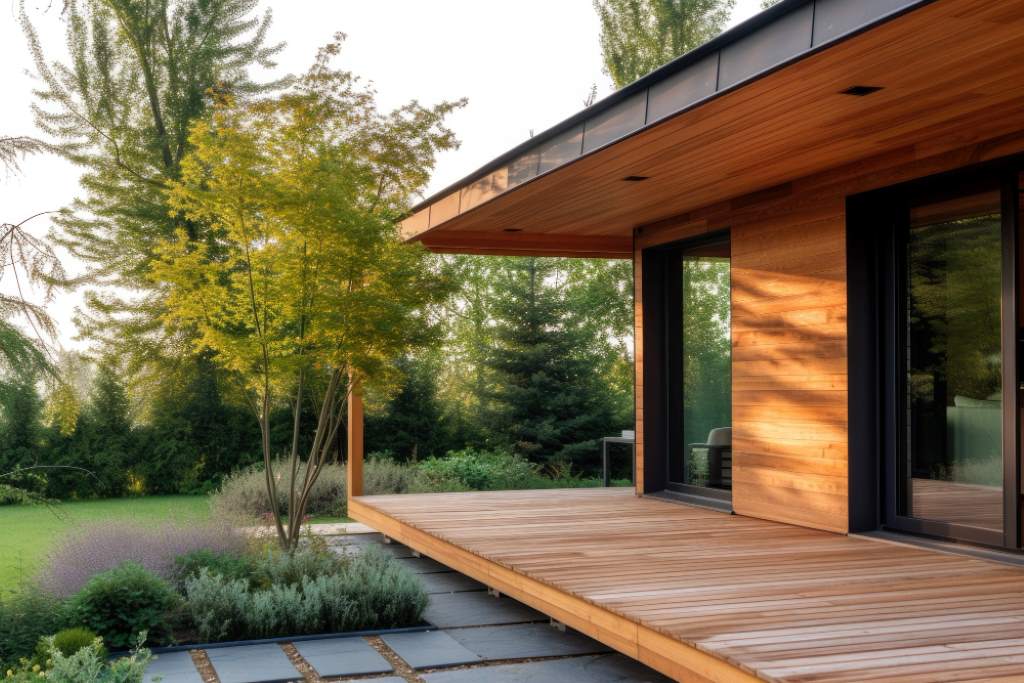Choosing the right roof is crucial for any building, as it impacts durability, aesthetics, and energy efficiency. Various roof types cater to different architectural styles, climates, and budgets, ensuring every structure has an ideal option. This blog post explores popular roofing styles, their benefits, and their suitability for different environments. Whether you’re building a new home or renovating an existing one, understanding these options helps you make informed decisions. From classic designs to modern innovations, we’ll guide you through the best choices to protect and enhance your property. Read on to discover which roofing style suits your needs.
Flat Roofs: Modern and Functional
Flat roofs are a popular choice for commercial buildings and modern homes due to their sleek design and versatility. They have a minimal slope, allowing for easy drainage while maximizing usable space. Additionally, flat roofs are ideal for installing solar panels or rooftop gardens, enhancing energy efficiency and sustainability. They require regular maintenance to prevent water pooling, but their accessibility makes inspections straightforward.
These roofs suit urban settings where space is limited, offering extra areas for HVAC systems or outdoor living spaces. However, they may not be ideal for regions with heavy snowfall, as accumulation can strain the structure. Materials like EPDM or TPO ensure durability and weather resistance. Flat roofs blend functionality with modern aesthetics, making them a practical choice for contemporary designs.
Gable Roofs: Classic and Timeless
Gable roofs, characterized by their triangular shape, are among the most common residential roofing styles. Their steep pitch allows excellent water and snow runoff, making them suitable for various climates. Additionally, gable roofs provide ample attic space, ideal for storage or ventilation. Homeowners appreciate their simplicity and cost-effectiveness, as they require fewer materials than complex designs.
This style complements traditional and colonial homes, offering a timeless aesthetic. However, high winds can pose a challenge, as gable ends may be vulnerable to uplift. Proper bracing and quality materials like asphalt shingles or metal enhance durability. Gable roofs remain a favorite for their balance of functionality, affordability, and classic appeal, ensuring long-term protection for your home.
Hip Roofs: Stability and Elegance
Hip roofs feature slopes on all four sides, converging at the top to form a ridge. This design offers superior stability, making it ideal for areas prone to high winds or hurricanes, such as Florida. Roofing services in Florida often recommend hip roofs for their resilience and aesthetic versatility. They suit a wide range of architectural styles, from modern to Mediterranean.
The aerodynamic shape reduces wind resistance, minimizing damage during storms. Additionally, hip roofs provide excellent drainage, preventing water accumulation. However, their complex structure may require more materials and labor, increasing installation costs. Homeowners benefit from their durability and low maintenance, especially when using materials like tiles or metal. Hip roofs combine elegance with strength, ensuring lasting protection.
Mansard Roofs: French-Inspired Charm
Mansard roofs, inspired by French architecture, feature a double slope on each side, with the lower slope being steeper. This design maximizes interior space, often allowing for additional living areas or attics. They are ideal for homeowners seeking to add usable square footage without expanding the building’s footprint. Additionally, mansard roofs enhance curb appeal with their distinctive, elegant look.
These roofs suit historic or luxury homes but require careful maintenance due to their complex structure. The steep lower slope can be prone to leaks if not properly sealed. Materials like slate or copper enhance their durability and aesthetic appeal. Mansard roofs offer a unique blend of functionality and sophistication, making them a standout choice for unique structures.
Gambrel Roofs: Rustic and Spacious
Gambrel roofs, often seen on barns and Dutch colonial homes, feature two slopes on each side, with the lower slope being steeper. This design maximizes headroom in the upper levels, making it ideal for lofts or additional living spaces. Additionally, gambrel roofs provide a rustic charm that enhances rural or farmhouse-style homes.
They are cost-effective, requiring fewer materials than other complex designs. However, their steep slopes may need regular inspections to prevent leaks or damage in harsh weather. Materials like asphalt shingles or wood shakes complement their rustic aesthetic. Gambrel roofs offer a perfect balance of practicality and charm, making them a popular choice for homeowners seeking space and style.
Green Roofs: Eco-Friendly Innovation
Green roofs, covered with vegetation, are an eco-friendly option gaining popularity in urban areas. They improve insulation, reduce energy costs, and manage stormwater runoff effectively. Additionally, green roofs contribute to air quality and biodiversity, making them a sustainable choice for environmentally conscious homeowners. They suit flat or low-slope structures and require a sturdy framework to support the weight.
Installation involves waterproofing, drainage systems, and soil layers, which can be complex. However, the long-term benefits, such as reduced heating and cooling costs, outweigh the initial investment. Regular maintenance ensures the plants thrive and the roof remains functional. Green roofs transform buildings into eco-friendly spaces, blending sustainability with modern design.
Metal Roofs: Durability and Versatility
Metal roofs are known for their longevity, often lasting 50 years or more with minimal maintenance. They withstand extreme weather, including heavy rain, snow, and high winds, making them ideal for diverse climates. Additionally, metal roofs are energy-efficient, reflecting heat to reduce cooling costs. They come in various styles, such as standing seam or corrugated panels, suiting both modern and traditional homes.
Installation is straightforward, but proper insulation prevents noise from rain or hail. Materials like aluminum, steel, or copper offer different aesthetic and durability options. Metal roofs are a long-term investment, providing unmatched strength and eco-friendly benefits for homeowners seeking reliable protection.
Choosing the Right Roof for Your Structure
Selecting the ideal roof depends on your climate, budget, and architectural style. Consider these factors when deciding:
- Climate: Hip or metal roofs suit stormy areas, while gable roofs work well for moderate climates.
- Budget: Flat and gable roofs are cost-effective, while mansard or green roofs may require higher investment.
- Aesthetics: Choose a style that complements your home, such as gambrel for rustic charm or mansard for elegance.
- Maintenance: Green and mansard roofs need regular upkeep, while metal roofs are low-maintenance.
Consulting a professional roofing contractor ensures proper installation and material selection. Additionally, researching local building codes prevents compliance issues. By evaluating these factors, you can choose a roof that enhances your property’s value and durability.
Conclusion
Exploring various roofing styles empowers homeowners to make informed decisions that balance aesthetics, functionality, and durability. From the timeless gable roof to the eco-friendly green roof, each option offers unique benefits tailored to different needs and climates. By understanding these roof types, you can select the best fit for your structure, ensuring long-term protection and value. Whether you prioritize sustainability, cost, or style, there’s a roofing solution for every building.




